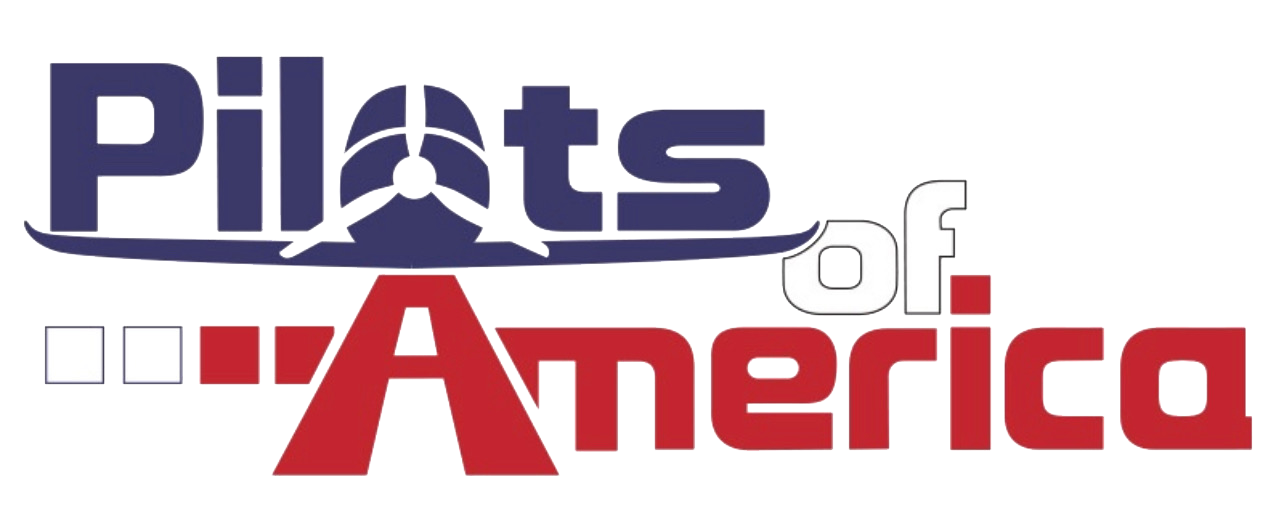k9medic
Line Up and Wait
- Joined
- Sep 27, 2018
- Messages
- 867
- Display Name
Display name:
ATP-H, CMEL, CSEL, CFI/CFII Airplanes and Helicopters
I'm thinking about making on an offer on a PA28 that has been sitting at my airport for the past year after having a prop strike while taxiing.
Overall the paint is peeling but the interior is in average shape. Obviously out of annual and no idea if it's subject to the AD for the spar inspection.
At what price would I even start the offer?
Overall the paint is peeling but the interior is in average shape. Obviously out of annual and no idea if it's subject to the AD for the spar inspection.
At what price would I even start the offer?
